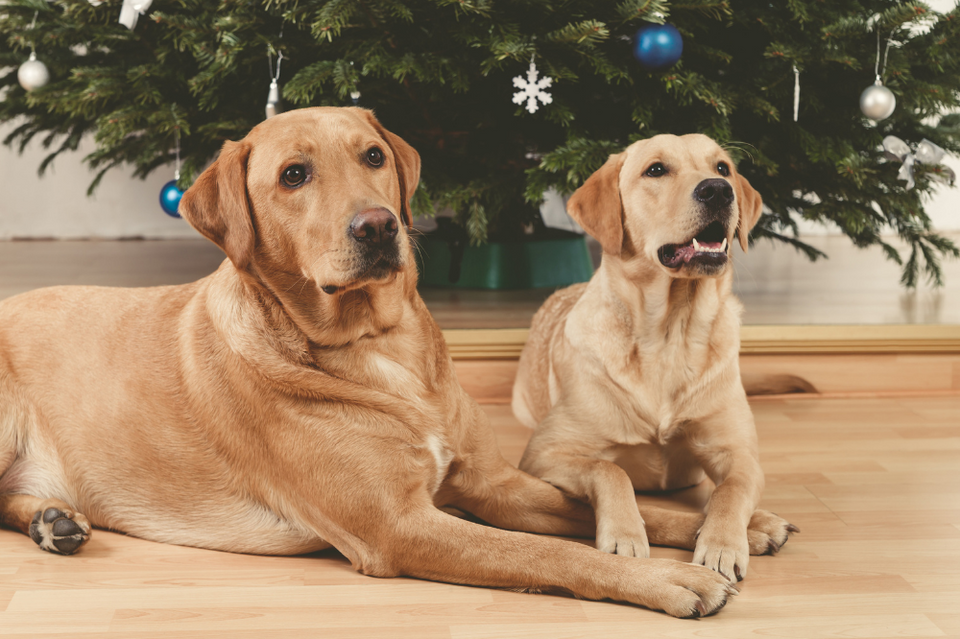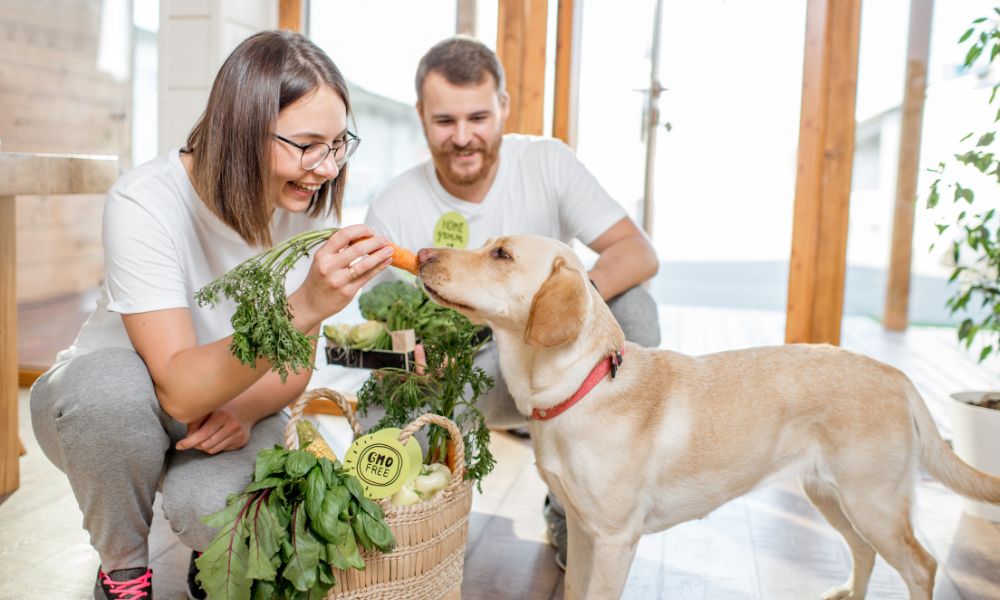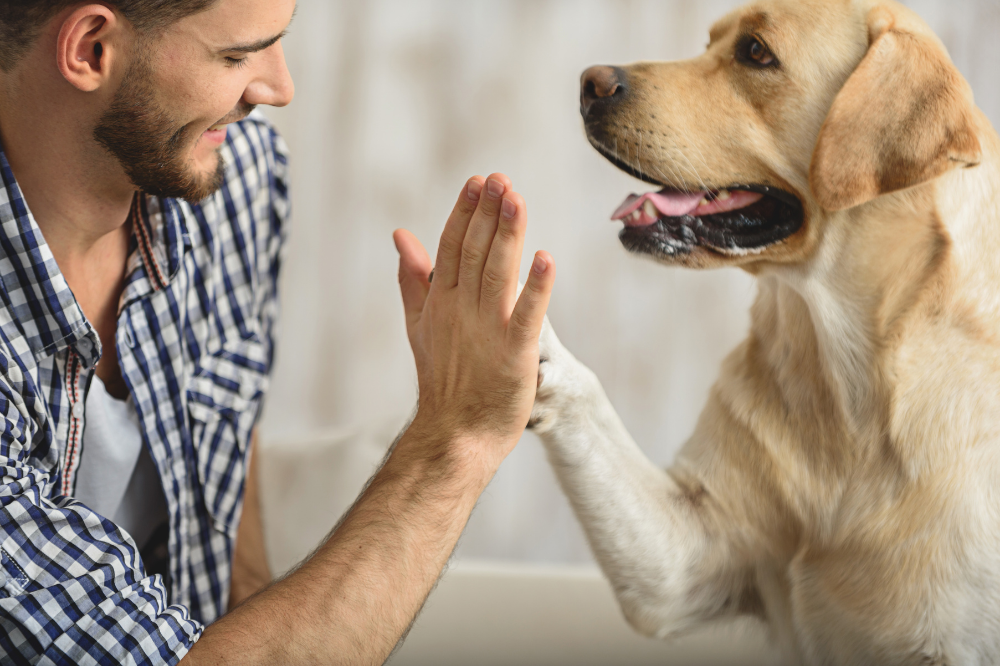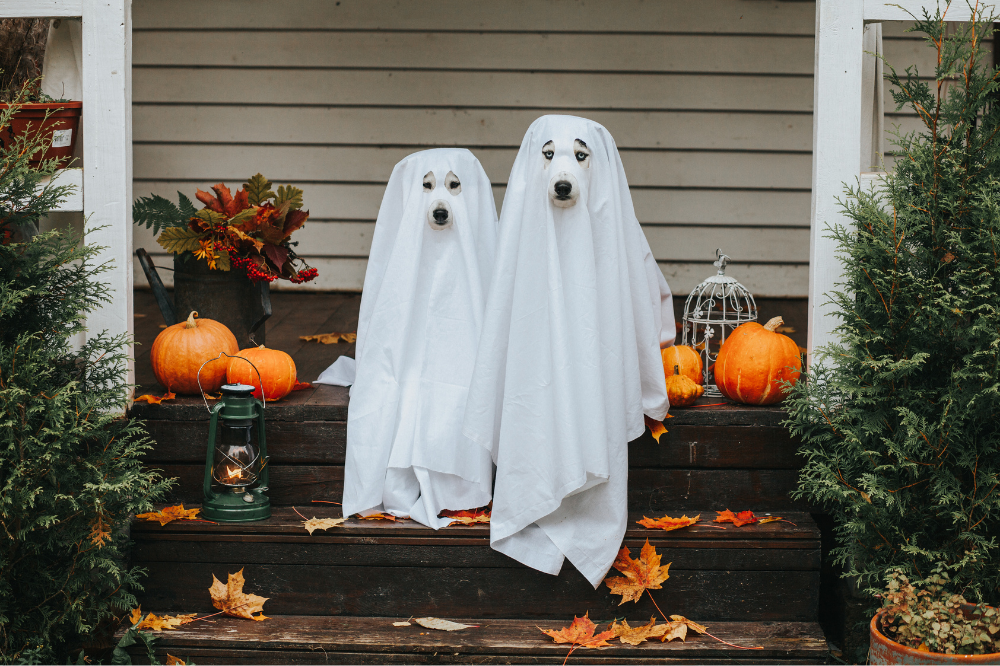
How to Pet-Proof Your Christmas Tree

Nothing makes a cuter holiday picture than your furry friend posed in front of the Christmas tree. But pets and Christmas trees aren’t always the perfect–or safest–mix. The tree itself along with the surrounding Christmas decorations can pose hazards to cats and dogs.
We want to share all the joy the holiday season has to offer with our furry friends and trimming the tree is one of those Christmas traditions that make the holiday season even brighter.
Even while there are dangers, that doesn’t mean you can’t have a Christmas tree at all! You just need to take some necessary precautions to cat-proof and dog-proof the Christmas tree to make it safer for our pets.
Opt for an artificial Christmas Tree

A live Christmas tree can be especially hazardous. Dogs and cats like to chew on the limbs and in the process, there is a good chance they may be swallowing some of the needles. A dog or cat who ingests needles from the tree is at risk of digestive punctures. If you plan on getting a real tree, make sure to limit your pet’s access to the area as much as possible.
Many real Christmas trees are also treated with chemical preservatives to keep them fresh longer. These chemicals go into the water in the tree base, which makes the water poisonous to consume. If left uncovered, pets will try to drink the water leading to potentially deadly consequences. You can cover the tree base with a tree skirt to prevent your pet from drinking the water.
An artificial tree may prove safer than a real tree because they aren’t going to drop needles and they don’t need to be watered.
Use Pet-Safe Ornaments

Plastic ornaments are safer and less breakable than glass ornaments, which are more fragile. Broken ornaments may be a choking hazard or cause paw or mouth injuries. It’s best to hang your fragile ornaments at the top of the tree and leave the bottom for the plastic and less fragile ornaments. If your furry friend is extra curious or rambunctious, it may be best to leave the bottom of the tree empty altogether.
If the ornament is plush or may look like a chew toy to your pet, it may also be best to forgo that type of decoration or place it out of reach of your furry friend.
Anchor Your Tree

Cats love to climb trees. To avoid cat-astrophe with a toppled Christmas tree, there are ways to increase the tree’s stability. For example, heavier stands make it more difficult to topple the tree. You can also secure the tree to the ceiling or a wall using clear fishing lines, which provides an invisible fix to ensure your tree stands and your cat or dog is safe.
Consider Skipping the Tinsel

For a lot of people, tinsel is a part of traditional holiday decorations that are hard to give up. But if you are a pet parent, giving up tinsel may be key to staying out of the veterinary emergency room. Ingested tinsel can lead to fatal intestinal obstructions or choking in pets.
The same can be said of edible ornaments, like popcorn strings and candy canes. The strings can tear the intestines, putting your pet’s life in danger.
Consider leaving these things off your tree or your cat or dog will be climbing the tree to get to them.
Cover Electrical Cords

Bright, shiny lights are hard to resist, but they can be dangerous to your cat or dog. Not only can your pet get tangled in the wires, but if they’re a chewer, there’s a risk of electric shock. Electric cord injuries are very damaging to pets and can lead to long-term issues with eating, difficulty breathing, and even death.
If you put lights on your Christmas tree, leave the bottom branches empty so they’re out of reach. You should also secure and cover cords leading to and from the Christmas tree. Hide cords with a decorative tree skirt to keep them out of sight from your furry friends.
Follow these tips so can make sure your pet is safe and that the holiday is happy and bright for both you and your furry best friend!
Share this article
written by


